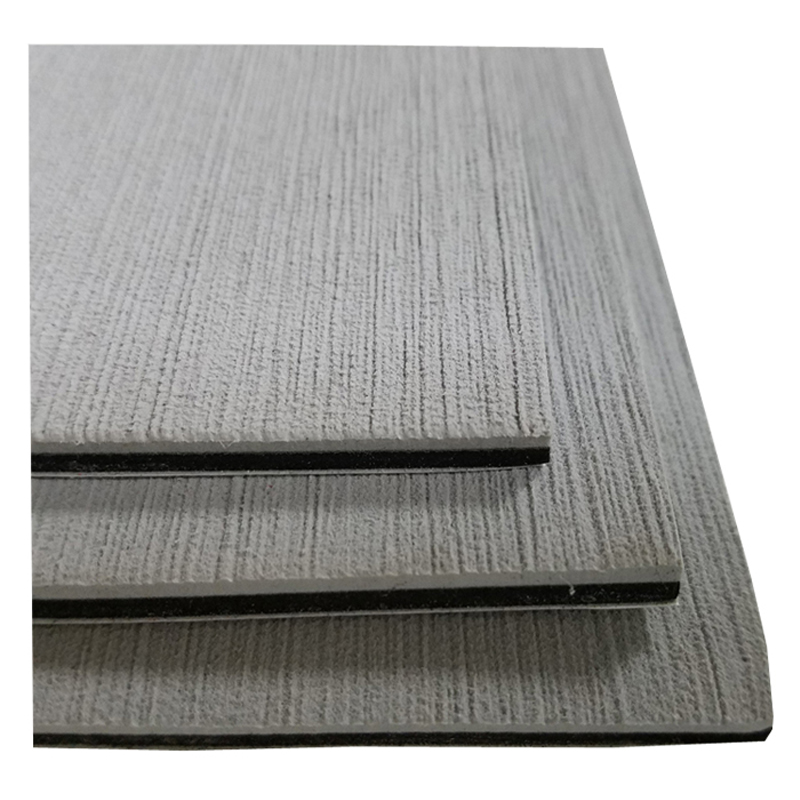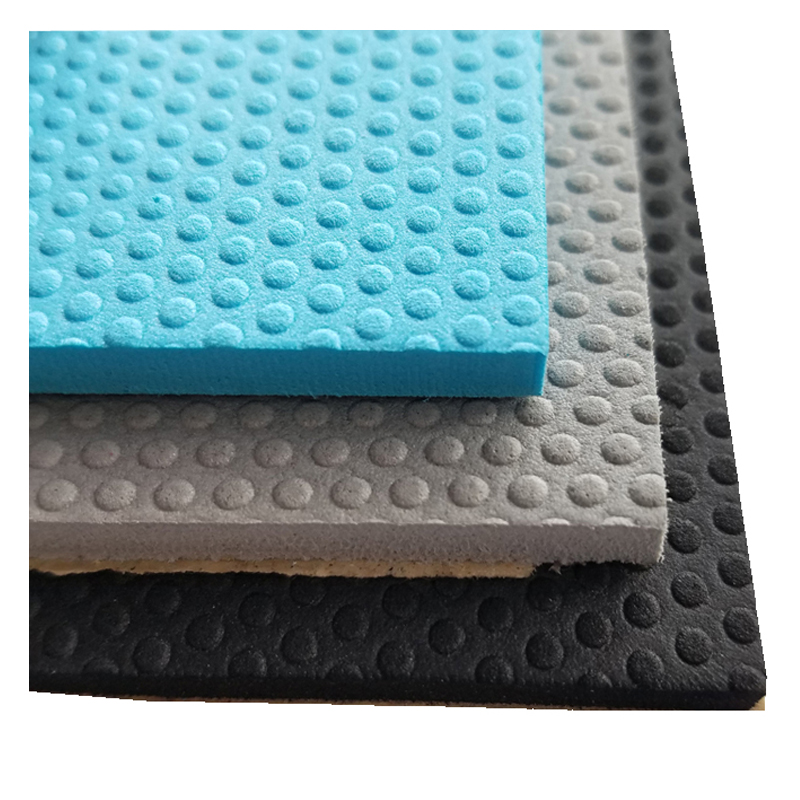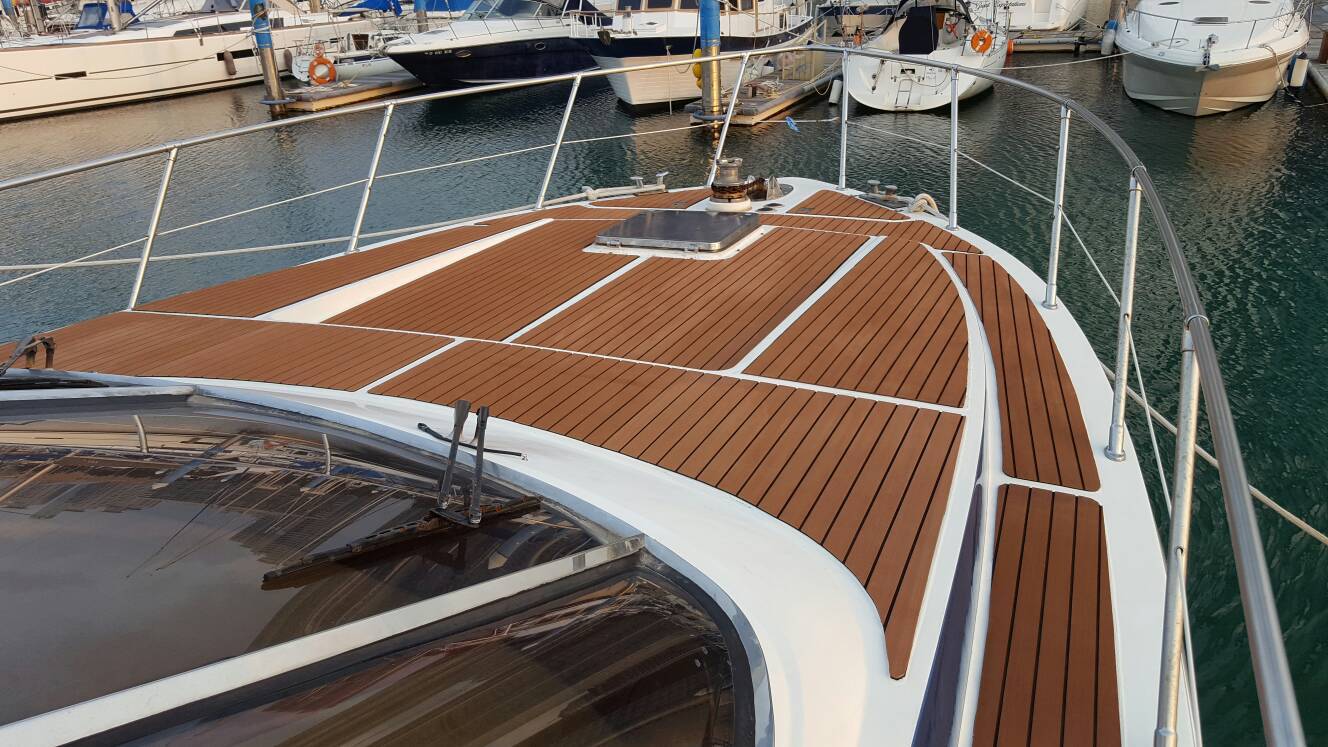Solar LED street lights are composed of the following parts: solar panels, solar LED street light controllers, battery packs, light sources, lamp posts and lamp housings, as shown in Figure 1.
1. Solar battery
The solar battery pack is the core part of the solar LED street lamp, and also the most valuable part of the solar LED street lamp. Its function is to convert the solar radiation ability into electrical energy. Among the many solar cells, there are three types of monocrystalline silicon solar cells, polycrystalline silicon solar cells and amorphous silicon solar cells, which are more common and practical. In the east and west regions where the sunlight is sufficient, it is better to use polycrystalline silicon solar cells, because the production process of polycrystalline silicon solar cells is relatively simple and the price is lower than that of monocrystalline silicon. In the southern region where there are many rainy days and the sunshine is not very sufficient, it is better to use monocrystalline silicon solar cells because the performance parameters of monocrystalline silicon solar cells are relatively stable.
For silicon solar cells, under standard conditions (spectral illumination: 100W / m2, spectrum: AM1.5, temperature: 25 ℃), its open circuit voltage is 0.48 ~ 0.6V. Multiple solar cells are connected and packaged to form solar cell modules with different areas and different powers. They can also be collectively referred to as solar cell panels. Monolithic solar cells are generally not available, and the actual application is solar cell modules.
At present, there are mainly two types of packaging methods for solar cells: lamination process and glue dispensing process. The solar cells encapsulated by the lamination process can guarantee a working life of more than 25 years, and their process characteristics and service life are better than the glue packaging form. Regardless of which solar cell has the following five electrical parameters: short circuit current Isc; peak current Im; open circuit voltage Voc; peak voltage Vm; peak power Pm = Im × Vm.
The peak power of the solar cell is the maximum power output by the solar cell (module) under standard conditions (ie STC: 101 standard defined by the European Commission, radiant intensity 1000W / m2, atmospheric mass AM1.5, battery temperature 25 ° C), the unit peak Watts, or Wp. The output power of a solar cell (module) depends on the solar irradiance, the solar spectral distribution, and the operating temperature of the solar cell (module). At different times and in different locations, the output power of the same solar cell is different.
Calculated by area, the output power of each square meter of solar cells is about 120W; as the conversion efficiency increases, its output power also increases accordingly. The choice of the output power of the solar cell module should be determined according to the light source power of the solar lamp, the use time and the local climate and geographical conditions.
During the use of solar cell modules, if a single solar cell is blocked by leaves and other obstructions for a long time, the blocked single solar cell will be heated and damaged under strong sunlight, or even cause the entire solar cell module to be damaged. This is the so-called heat island effect. In order to prevent the heat island effect, the solar cell is generally placed obliquely so that no obstruction can be attached to the surface of the solar cell.
Due to the large span of north and south latitudes in China, the installation tilt angle of solar cell modules will vary with the latitude of the installation area. Generally, the installation inclination angle in the area south of the Yangtze River is around 30O; the installation inclination angle in the area north of the Yangtze River is around 45O; and the northeast area should be around 50O. The direction is just south of South or 5O west. The output power of a horizontally placed solar cell will be reduced by 15% to 20%.
2. Photovoltaic controller
Regardless of the size of solar lamps, a good performance charge and discharge controller is essential. In order to prolong the service life of the battery, its charge and discharge conditions must be limited to prevent the battery from overcharging and deep charging. Where the temperature difference is large, a qualified controller should also have a temperature compensation function. At the same time, the solar controller should also have street lamp control functions, with light control and time control functions, and should have automatic load control at night to extend the working hours of solar LED street lights on rainy days.
For any solar lighting system, the quality of the charge and discharge control circuit will directly affect the success or failure of the system application. Since the input energy of the solar photovoltaic power generation system is extremely unstable, in the photovoltaic power generation system, the control of the battery charging is more complicated than the control of the battery charging using the commercial power charger. A good performance photovoltaic controller should have multiple protection functions such as controlling battery charge and discharge, temperature adjustment, maximum power tracking and overcharge protection, overdischarge protection, short circuit protection, reverse connection protection, as well as automatic switching and time adjustment functions to ensure The system operates reliably. At the same time, the photovoltaic controller also has the function of allowing the solar cell module to intelligently output the maximum power under different temperatures and different solar irradiation conditions, so that the solar photovoltaic system has high efficiency.
3. Accumulator
Because the battery charging of the solar photovoltaic system is directly provided by the solar battery, the energy obtained is extremely unstable, so a battery with reasonable capacity and reliable performance should be configured to ensure the normal operation of the solar photovoltaic system. In solar photovoltaic lighting systems, maintenance-free lead-acid batteries are usually selected. The maintenance-free lead-acid battery is fully sealed, with a high discharge rate and stable characteristics; no water is required; simple installation, small footprint, and can be installed horizontally and vertically; the expected life is generally 5 to 7 years. The general principle for choosing battery capacity is: first of all, it can meet the requirements of night lighting, and can store the energy generated by solar cell modules during the day as much as possible, and at the same time, it can meet the electrical energy required for continuous rainy and night lighting. The battery capacity is too small to meet the needs of night lighting, the battery capacity is too large, the battery is in a state of power shortage for a long time, shortening the battery life, and also wasting unnecessary investment.
A simple method can be used to determine the relationship between them, that is, the solar cell power must be more than 4 times higher than the load power for the system to work properly. The voltage of the solar cell must exceed the working voltage of the battery by 20 to 30% in order to ensure the normal charging of the battery. The battery capacity must be more than 6 times higher than the daily load consumption. The basic requirements of the solar LED street lamp for the battery pack used are:
①Low self-discharge rate; ②Long service life; ③Strong discharge ability; ④High charging efficiency; ⑤Low maintenance or maintenance-free; ⑥Wide operating temperature range; ⑦Low price.
4. LED light source
Because the working current of the LED is DC, and the working voltage is low. Solar cells convert light energy into DC power, and solar cell components can be combined in series and parallel to obtain the actual required voltage. These features just match the LED, and the combination of the two will achieve high energy utilization, high safety performance and reliability, realize energy-saving, environmentally friendly, safe and efficient lighting systems, and achieve a perfect combination.
The key to the perfect combination of solar photovoltaic technology and LED lighting is that both are DC, the voltage is low, and they can match each other. Therefore, the combination of the two does not need to convert the direct current generated by the solar cell into alternating current, thus greatly improving the efficiency of the entire lighting system. At the same time, the use of batteries to store and release energy makes its advantages more obvious. With the in-depth study of related technologies, the luminous efficiency of LEDs is constantly improving. The advent of ultra-high brightness LEDs will inevitably replace ordinary lighting electric light sources, and can save a lot of energy and no pollution.
The LED lamp has the advantages of long life, up to 1000000h, low working voltage, no need of inverter, high light efficiency, etc. The domestic production is 50lm / W, and the import is 80lm / W. As technology advances, the performance of LEDs will be further improved. The LED lamp is a new type of lighting method that realizes the lighting needs by lighting the LED module with DC low voltage. It has the characteristics of high brightness and good color rendering. In addition, because the input of the LED street lamp is low voltage DC, it can be connected with solar cells. Combined, LED as the light source of solar LED street lights will be the trend of future development.
EVA Boat Flooring is a new type Marine Sheet flooring for boat or yacht. Made from marine grade UV-resistant, closed cell EVA foam material, it is waterproof, antibacterial, comfortable, durable and non-skid.
Basically, the boat flooring has two different textures available, which is brushed and embossed. The sheets can be cut into size to fit the shape of boat decking, then peel the adhesive on the backing and stick it.


Normally the Eva Marine Sheet can be applied on the boat decking, or with a thicker material, it can be applied as Helm Station Pad, seat pad, or coming bolster pad. What's more, it can be also applied on the edge of swimming pool, cause it can provide a good traction and safety when the feet is wet.

Eva Boat Flooring,Eva Yacht Flooring,Marine Sheet,Diy Boat Flooring,Boat Floor Mat,Boat Mat
Huizhou City Melors Plastic Products Co., Limited , https://www.melorsfoam.com